Esports Are the Real Deal. Here’s What You Need to Know.
Sold-out arenas swelling with the thunderous applause of thousands of rabid fans. International audiences watching their favorite stars perform at the highest level. Prizes worth millions of dollars.
I’m not talking about the World Cup or the Super Bowl. I’m talking about the world of esports, where players square against one another in video games like Counter-Strike, Street Fighter, and League of Legends.
If you aren’t an avid gamer, you might be shocked by just how popular esports are. More than 40,000 fans attended the 2014 League of Legends championships in Seoul, South Korea. Some 135 million fans watched esports events online that year. According to SuperData Research, the competitive gaming industry brought in revenue of $750 million in 2015. By 2018, that number is expected to reach $1.9 billion.

But to those outside the gaming community, esports can seem incredibly opaque. Who plays esports? How much money do they really make? Where can I watch some? Is it really a sport?
To answer your burning questions, I spoke with some of competitive gaming’s biggest names and slogged through a few online matches of my own. Here’s your 10-minute primer on what the heck esports are — and why you should care.
So what is competitive gaming?
Ah, yes, let’s start off with the basics. Competitive gaming is really no different from playing someone in an arcade or against your friend at home.
Most esports games are played online, where anyone can compete against fellow gamers from around the world. Each game has its own rankings system; the better you are, the higher you’ll climb in the ranks until you close in on the top players.
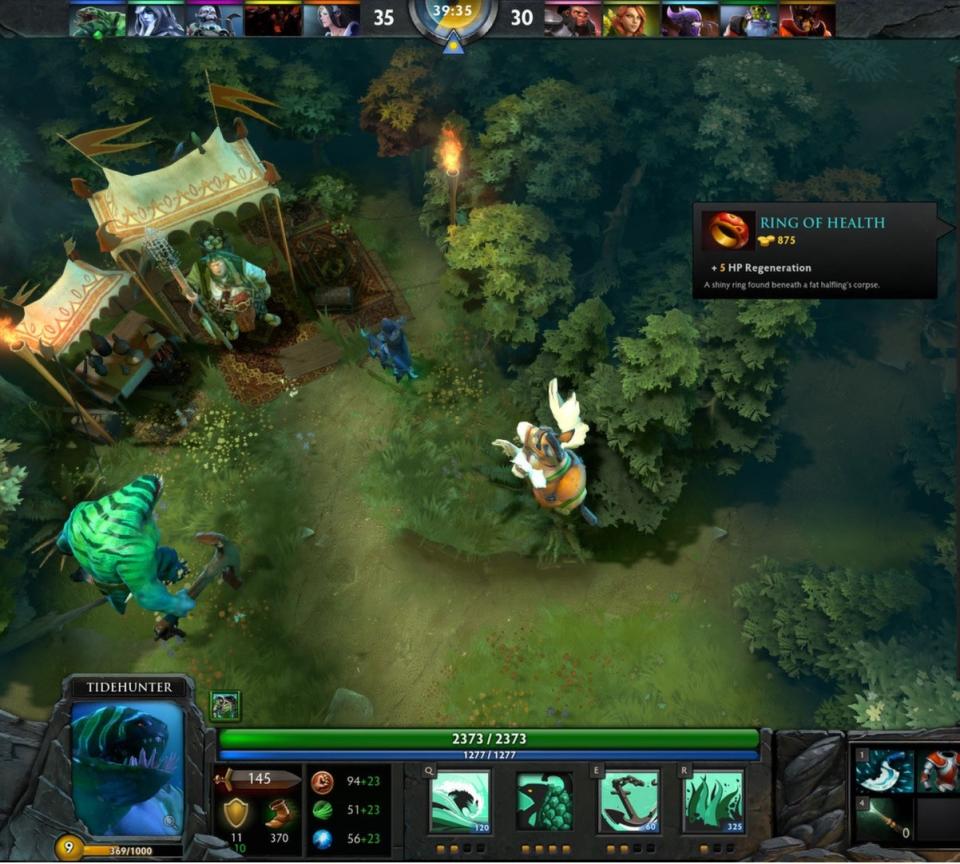
If you’re good enough, you can place into tournaments or tournament championship series, where you can compete for cash and prizes.
What games do competitors play?
Tons.
The most popular esports game in the world right now is League of Legends, commonly referred to as LoL. This is a Multiplayer Online Battle Arena game, or MOBA, where you and a team of four other players take on another team of five in an effort to destroy each other’s bases.
In LoL, for example, you choose to play as one character out of more than 100 options. You then control your character, known as a champion, as you and your team attempt to capture the competing team’s base, or Nexus. Other games that follow the MOBA formula include Defense of the Ancients, which was the forerunner to League of Legends, and Blizzard’s Heroes of the Storm.
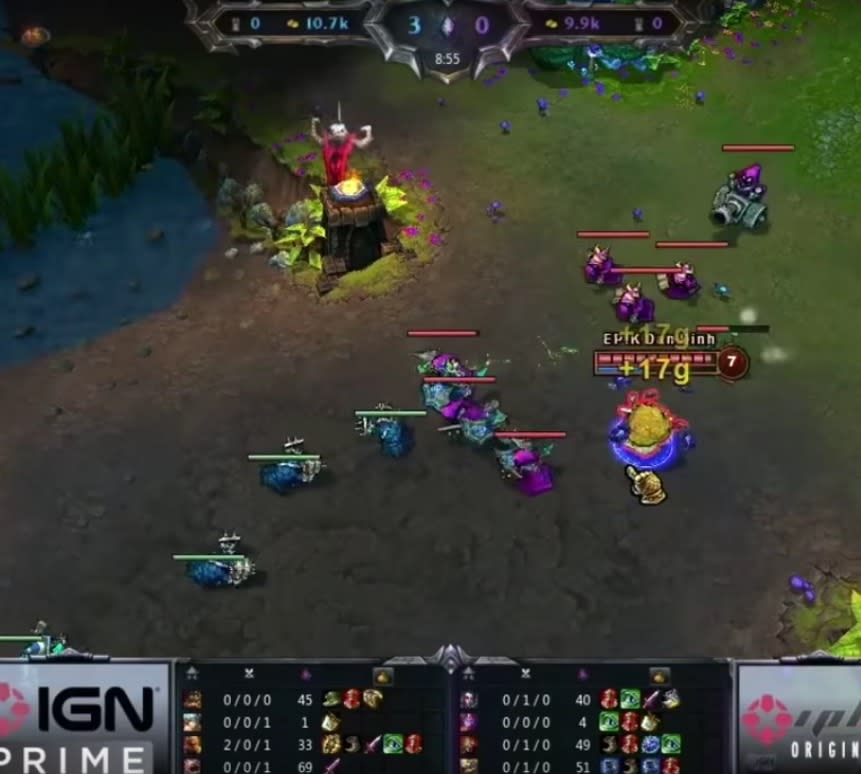
Naturally, online shooters like Counter-Strike: Global Offensive, Halo, and, of course, Call of Duty are also incredibly popular among esports players.
Fighting games like Street Fighter IV, Mortal Kombat X, Super Smash Bros., and Tekken are also widely played, as are real-time strategy games like StarCraft. Collectible card geeks duke it out in Hearthstone. Fans of car-soccer (and really, who isn’t?) play the heck out of last year’s breakout hit Rocket League. There are a number of others, and there are plenty of new esports games in development.
Is there just one tournament?
Nope. Tournaments vary widely; some focus on specific games (like League of Legends or Counter-Strike), while others are based on the types of game, such as first-person shooters or strategy.
Because of its popularity, LoL boasts some of the most important tournaments of the year. The biggest such competition is the League of Legends World Championship, which in 2015 was held at Berlin’s massive Mercedes-Benz Arena.

If you’re a fan of fighting games, there’s the annual Evolution Championship Series (EVO), which is held annually in Las Vegas.
Major League Gaming (MLG), which was recently purchased by the enormous games publisher Activision-Blizzard for $46 million, offers tournaments for games ranging from Call of Duty and Halo to NBA 2K 16 and Rocket League. The Electronic Sports League (ESL) also hosts multiple tournaments for a variety of games.
So what’s at stake in these tournaments?
Cold hard cash, baby.
The League of Legends 2015 World Championship, for example, had $1 million up for grabs. Players competing in the ESL Counter-Strike: Global Offensive Pro League will be competing for $1.5 million in prize money. Gamers participating in MLG’s Halo World Championship will also be fighting for $1.5 million.

Team games like Counter-Strike: GO and LoL see players split their winnings among themselves, which can turn kids into millionaires over night. In 2015, the Dota 2 International tournament had a grand prize of $6.5 million. When divided up, each player on the five-person team took home more than $1 million.
Teams are really important then, huh?
Absolutely! Your teammates’ skills will determine whether you win $1 million or go home empty-handed. But it’s not just skills. Like any team-based game, chemistry among players is essential.
According to Dennis Fong, who is recognized by Guinness World Records as the world’s first competitive gamer, you can’t hope to reach the upper echelon of competitive gaming without a solid team.
“It’s becoming just like pro sports; your psyche as a team, as an individual, all of that plays into how you do in competition.”
How do players prepare for tournaments?
Practice, practice, practice. These aren’t just a bunch of Mountain Dew-swilling, Doritos-munching stereotypes playing games for fun. Competitive gamers can spend anywhere from eight to 12 hours every day practicing and playing scrimmages to stay sharp. (And you thought Kobe Bryant was dedicated.)
As Fong explains it, many top teams now have coaches that analyze their players’ games to help them recognize where they can improve. Some teams even have sports psychologists on hand to help players deal with the pressures of competition.
Wait, what?
It might sound a bit excessive for someone playing a video game to need a sports psychologist, but when there’s $1 million on the line and your teammates are counting on you to perform flawlessly, the pressure is intense. Throw in the thousands of people on hand to watch your match in person, and the countless others watching online, and you can start to understand why some people might need help dealing with the stress.
Then there is the recent doping scandal that rocked the esports world, in which a player from one of the top Counter-Strike: GO teams admitted to using the stimulant Adderall during competitions.
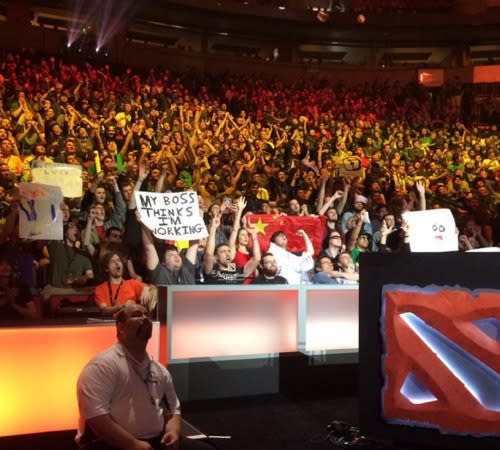
ESPN’s Outside the Lines ran a piece on doping in esports and the prevalence of Adderall abuse in tournaments for first-person shooter games like Counter-Strike: GO that require fast-twitch mouse movements for players to track and shoot their opponents.
The issue has become so widely discussed that the ESL has instituted a drug-testing program to ensure players aren’t doping.
And let’s not forget the physical toll that repetitive keyboard, mouse, and thumb movements can have on players. Fong said he had to stop playing because of carpal tunnel syndrome.
But they’re just a bunch of kids, right?
Yes and no. As you’d expect, esports is filled with young players, though competitors can range in age from their teens to their 30s.
Can players support themselves on their earnings?
In truth, only the best players in the world can make a living on their earnings alone. Riot Games, the company behind League of Legends, took a major step in previous years by paying salaries to the top players.
Riot also set up a kind of minor-league system called the Challenger League that feeds new players into its championship series. Naturally, the Challenger League also adds pressure to teams already in the championship series that don’t want to be knocked out.

A number of competitive gamers tend to make their living streaming games they play through services like Twitch. Streaming gives players the opportunity to let their individual personalities out, which helps garner more fans. They can also get donations from existing fans, which can supplement their earnings outside of tournaments.
If streamers are especially popular among fans, they can even attract advertisers who pay them for on-air endorsements.
So why is competitive gaming such a big deal now?
While esports seems like a brand-new obsession for gamers, it has actually been around for quite some time. There are, however, two key things that helped kick esports into overdrive.
The first is the aforementioned streaming service Twitch and its competitors. By allowing fans to stream gaming tournaments online and letting players interact with their followers, the scene has opened up to a far larger audience.
The second is the fact that many of the games being played today don’t require much in terms of raw computer processing power. League of Legends, for instance, can run on pretty much any laptop built within the past five years; ditto for Counter-Strike: Global Offensive. League of Legends is also free, which gives it a huge leg up in terms of popularity.
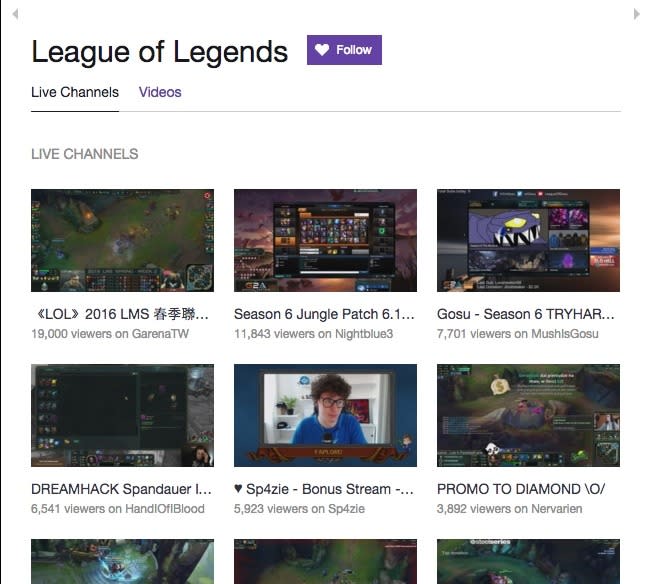
Perhaps most important, though, is the sheer popularity of gaming in general. According to GamesIndustry.biz, the gaming industry was projected to make $91.5 billion in 2015.
Add to that the near ubiquity of high-speed Internet connections required to play and stream games and the ever-increasing number of games hitting the market, and you’ve got a recipe for explosive growth.
OK, this whole thing makes a lot more sense now.
I’m glad I could help. Any other questions?
Yeah, is this really a sport?
I figured you’d ask that. Here’s the thing: If you consider a sport something that draws huge numbers of fans and requires participants to train for hours on end in the hopes of winning a championship and earning a huge payout, then you can probably consider esports an actual sport.
If, however, you see sports as something that requires competitors to physically exert themselves in order to play a game, then esports probably doesn’t fit your definition.
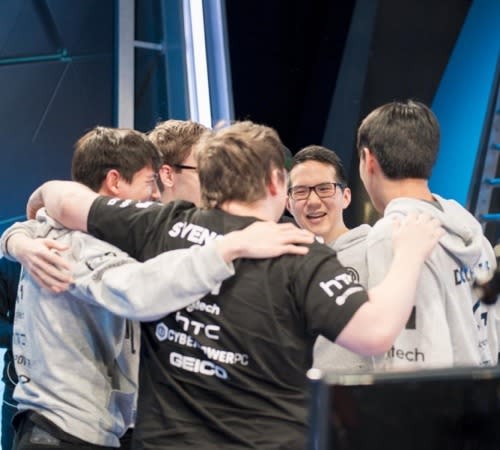
The truth is, some in the gaming community simply prefer the term competitive gaming, as it allows them to enjoy their passion without having to constantly explain whether esports is a sport or not.
For others, though, the fact that esports draws such enormous numbers of spectators is reason enough to refer to it as a sport.
I personally consider a sport to be something that requires the player to be in peak physical condition to perform. Then again, that eliminates things like golf and bowling, so it’s all just a matter of opinion.
Cool, cool. When can I start playing?
Right now. You can find out more about LoL on Riot Games’ website. Dota 2 can be found over at Valve’s site, as can Counter-Strike: GO. If you’re into looking for Hearthstone: Heroes of WarCraft, go to Blizzard’s page.
Enjoy.
Email Daniel at dhowley@yahoo-inc.com; follow him on Twitter at @DanielHowley or on Google+.


